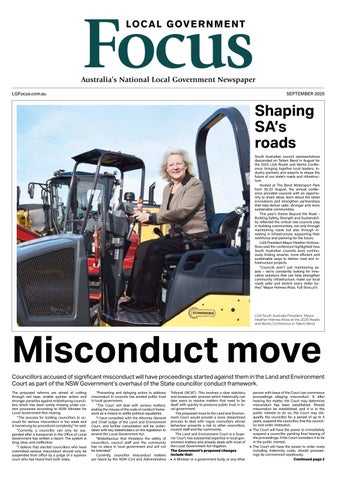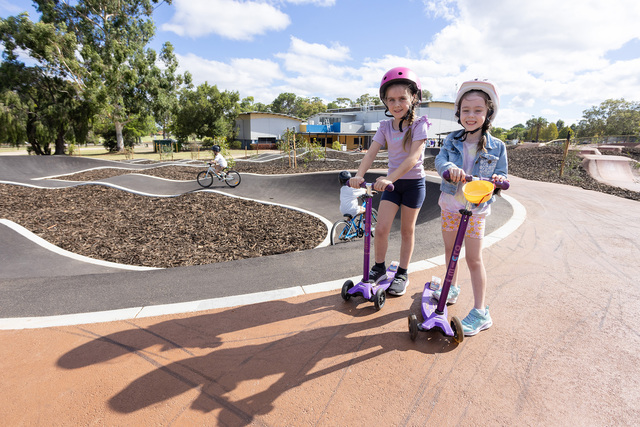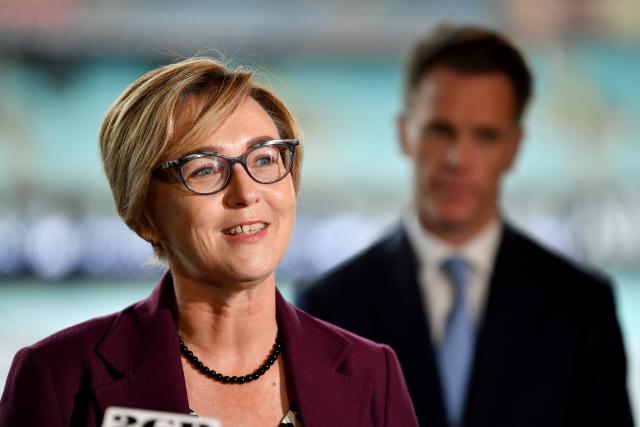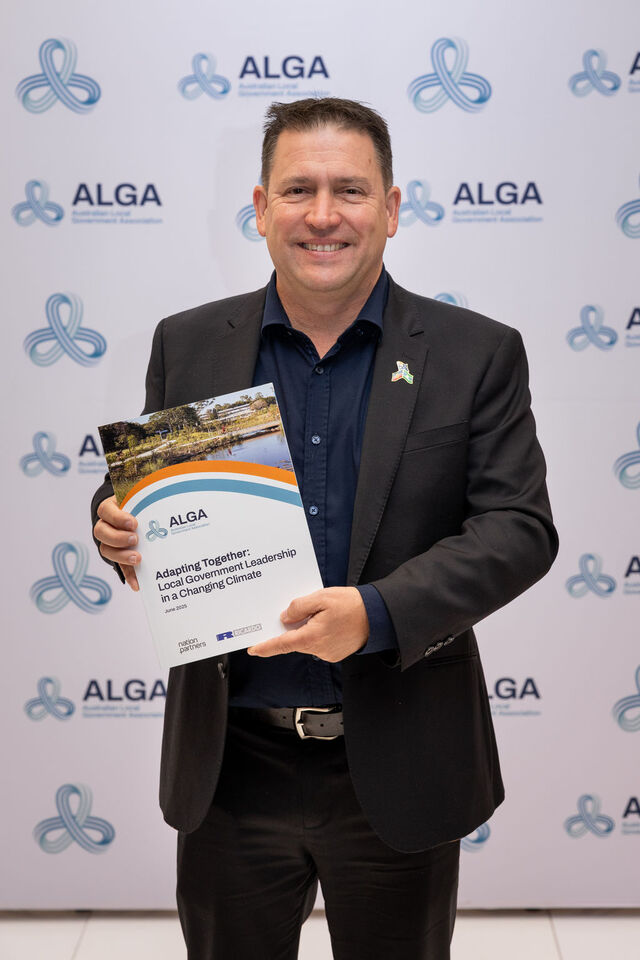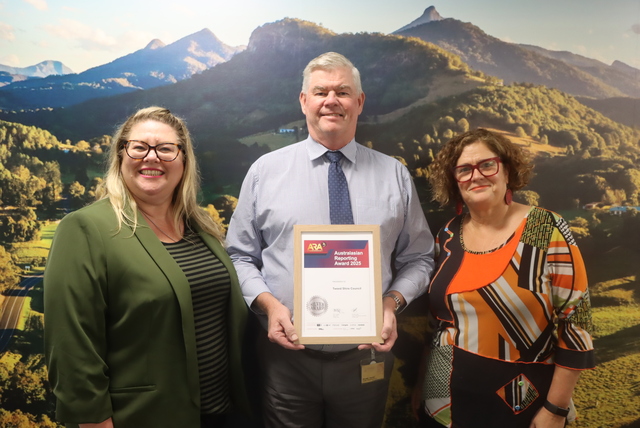A regular feature, this month profiling two Councillors from Tasmania
Councillor John Perkins, Latrobe Council, Tasmania
Q. How long have you been on Council?
I have been a Councillor for a total of eight years, however this has been broken times to pursue various employment opportunities, including within Local Government.
Q. Tell us about yourself, including your role at Hydro Tasmania.
Hydro Tasmania employs me as the Maintenance and Operations Services Manager based at Gowrie Park. I am responsible for the maintenance and operations of Hydro Tasmania’s hydro and wind power assets in the west northwest region between Devonport, Smithton and Queenstown. My career has also included time with ABB Communications, Skilled Communications, Henry Walker mining and Australian Paper. As a consultant, I have been responsible for managing and developing work teams of varying sizes and types in a variety of locations statewide.
I have an extensive practical background supported by formal qualifications in engineering, training and safety. This includes experience in Local Government, primary and secondary industry in the following fields: administration and finance; engineering; operations and maintenance; project, risk and asset management; safety, health and environment; quality, training and organisational change. I am a Fellow of the Australian Institute of Company Directors with comprehensive experience at Board and management level.
I have served as Chairperson, Director, Public Officer, Secretary and Treasurer on many Boards. Currently I am a Latrobe Councillor and Vice Chairman of Health Care Insurance. Recent experience includes the following: Chairperson of the Kentish Latrobe Joint Authority; Chairperson of the Latrobe Sport and Recreation Centre Controlling Authority; Financial Director of the Australian Axeman’s Hall of Fame; and President of the Northern Tasmanian Football League.
Q. Describe the population of Latrobe. Are the demographics changing?
Latrobe has a population of 9,000 with about 3,000 living around each of the urban centres of Port Sorell and Latrobe and the remainder supporting our rich rural areas. The median age is 36, but the municipality is a popular retirement destination, so this is expected to rise. We are one of few Tasmanian Councils to have an increasing population, which is expected to grow by 16 per cent over the next 20 years.
Q What are the most important issues in your Local Government area?
The main issue of concern to Council is to enhance, maintain and sustain the lifestyle enjoyed by those who live in Latrobe. This requires a careful assessment of development proposals to ensure they are sustainable and beneficial. Council places a high emphasis on forward planning and has a well documented strategic plan entitled Latrobe Moving Forward, which sets the direction for the development of the municipality. A large portion of Council’s budget is allocated to the maintenance and care of recreation reserves and parklands, ensuring Latrobe is a great place to live. A high emphasis is placed on community consultation, budget management, work practices and efficiencies so ratepayers benefit from the rates they pay.
Q. Does Council actively promote tourism?
Council has facilitated the formation of local tourism groups and provided ongoing administrative support to ensure they survive the crucial initial years. We have a part time tourism officer and active representation on regional tourism bodies. We fund and coordinate two visitor information centres, develop initiatives in consultation with local tourism associations to enhance the visitor’s experience and are continually developing tourism infrastructure throughout the municipality.
Q. What are the key aspects to being a good Councillor?
Councils with a good overall mix of skills, experience and personality can more effectively represent its constituents.
The best Councils are those primarily concerned with the well being of its people and the long term sustainability of the municipality. Unfortunately, Local Government is being infiltrated by party politics, rather than what is good for people and the municipality. Elected members are tending to be popular rather than effective. Councils are slowly being transformed from quiet Local Government bureaucracies to independent, self sufficient, commercially focused businesses. Councils are required to implement strategic and business plans, risk management strategies, training and succession plans, policies and procedures to meet due diligence requirements and maintain their integrity and sustainability for the long term benefit of constituents. Councillors need to be well versed in corporate governance, safety, environment, administration, finance, engineering, building, planning, health, risk and asset management. With an ever increasing focus on corporate governance, it is imperative that Councillors are trained and that Councils recruit and retain an effective CEO.
Q. How do you see the future of Local Government in Tasmania?
Further rationalisation is inevitable, although in some cases it will be for financial reasons and in others political. Governments will continue to push their overheads down to the Councils and Councils will be further developed as tax agents for State and Federal Governments. The emphasis on Councils to be self funding and competitive will increase, resulting in rate rises and/or loss of services. The traditional Council workforce may give way to contracted services. Councillors and Council employees will need to lift their level of business acumen, professionalism and competence or Councillors may well be replaced by State Government administrators.
Councillor Kate Fitzpatrick, Brighton Council, Tasmania
Q. How long have you been on Council?
I was elected in October 2002.
Q. Tell us about yourself and your family, in particular your involvement in youth issues and representation.
I am 21 years old and have lived in Gagebrook for 13 years. Last November I purchased my own home and now I am busy painting and planting loads of trees. I have a great relationship with my family, which comprises my mum and dad and a younger sister. I work for the Bridgewater/Gagebrook Urban Renewal Project (BURP) that is heavily involved in the community. We are currently focusing on home ownership and youth unemployment, which are fantastic and very exciting projects to be working on. We have developed a youth employment program that looks at taking people off government assistance and straight into work based mentoring, which leads directly to a job or apprenticeship in their field of interest. We have also developed an affordable home loan, which assists low income people over the mark to buy their home. This loan package includes rates, taxes and insurance in the one payment, which makes it a lot easier for people on limited incomes. With a large amount of home ownership injected into the Bridgewater/Gagebrook area, we will see an increased level of pride, commitment and ownership within our municipality.
Q. Describe the population of Brighton. Are the demographics changing?
Brighton Municipality has the youngest average age in Australia, with high unemployment, a high proportion of indigenous families and one parent families, and low level literacy skills. With this come specific needs and issues that we as a community are trying to address with different projects and opportunities.
Q. What are the most important issues in your Local Government area?
Definitely youth, because we are such a young municipality, but also making the community aware of Local Government and how it affects them. It is very important for the community to understand that Council looks after waste, sewerage and the general beautification of their local area. Along with this are the bigger things like roads, recreation, planning and zoning. I will be working towards making my community understand the importance of knowing their Council and also being able to stand up and have a chance, a say and a fair go!
Q. Does Council actively promote tourism?
We are part of the regional Tourism Taskforce committee. We also support local tourist attractions, such as Bonorong Park, which is the major wildlife park for Tasmania, Zoo Doo Fun Park and the Historic Precinct of Pontville.
Q. What are the key aspects to being a good Councillor?
As I am new to Local Government, I am learning about being a good Councillor. I would say it is very important to respect the community, listen to the community and represent the community. It seems if you have these three things, everything else will fall into place.
Q. How do you see the future of Local Government in Tasmania?
I see Local Government growing very strong in Tasmania with more people getting actively involved and standing for election. I see a closer working relationship being formed with Council and the community, where we will work towards furthering the aspirations of the municipality. With what I have seen so far, I am very excited about where Local Government will be in five years time.

